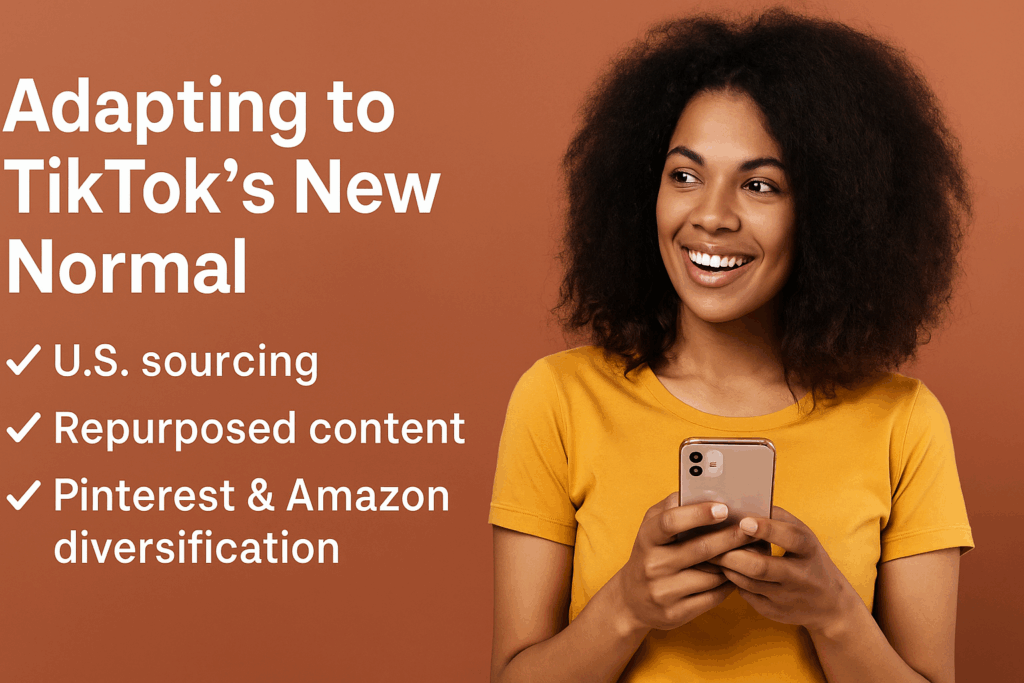In 2025, TikTok Shop started the year as one of the fastest-growing forces in U.S. e-commerce, blending entertainment with real-time shopping in a way no other platform does.
Creators were going viral, small businesses were scaling quickly, and the platform seemed poised to compete with giants like Amazon and Shein.
But then trade tensions flare up.
By April, new U.S. tariffs of up to 145% on Chinese imports and the removal of the de minimis exemption for goods under $800 began to bite.
Foreign sellers, many of whom fuel TikTok Shop’s product ecosystem, started reporting monthly sales slumps of up to 25%. Costs rise. Shipping slows. Creators and brands pause, reassess, and brace for uncertainty.
What Triggered the Slowdown?
These aggressive tariffs were throwing TikTok Shop’s supply chain into disarray, while sellers relying on Chinese manufacturers saw profit margins vanish overnight.
For creators who thrive on promoting affordable trending products, maintaining pricing that works for their audience was becoming impossible.

Meanwhile, mid-size and enterprise brands started seeing campaign ROI drop as fulfillment times lagged and ad inventory became less predictable. Budget planning got harder, and Experimentation stalled
In “TikTok Shop Surges Ahead,” we explored how creators and brands capitalized on TikTok’s integrated commerce model. However, macroeconomic friction is now challenging that momentum.
A Temporary Cooling-Off Period
A 90-day tariff reduction deal between the U.S. and China recently lowered duties to 30%, offering momentary relief.
Sellers have started updating product catalogs, and creators cautiously resume campaigns. However, the damage from Q2 is already setting strategy changes in motion.
This moment is a wake-up call.
📰 In “Why Website Traffic Is Dropping and What Smart Creators and Brands Must Do”, we highlight why leaning into first-party data and platform diversification is critical now more than ever.
For creators, Simplify, Source Smart, Stay Visible, while brands should rethink Campaigns to Maximize Conversions.

For data-driven brand managers, this is a prime window to:
- Audit which SKUs are tariff-exempt or locally stocked
- Reinvest in influencer-generated content, especially on stable platforms like Pinterest.
- Split-test UGC vs branded creative to see which format recovers best in ROAS
TikTok may be turbulent, but the creator economy isn’t slowing down; it’s shifting. Brands should use this period to build cross-platform systems that endure future supply chain shocks.
What Everyone’s Doing: Diversify, Adapt, Repeat
Across the board, both creators and brands are:
- Using Pinterest to tap into evergreen search intent
- Curating Amazon Storefronts to support TikTok product links
- Building email lists and gated content to reduce reliance on any one platform
📣 As we cover in “Pinterest Is Changing How People Shop and Search,” shoppers now expect rich, personalized discovery experiences. Platforms that reliably deliver those are where attention is heading.
While TikTok Shop is experiencing some roadblocks, its unique blend of social-first commerce and viral storytelling still has incredible potential.
Sellers who can pivot quickly, creators who can evolve content formats, and brands who track performance intelligently will appear.
This turbulence is temporary. Your strategy shouldn’t be.




